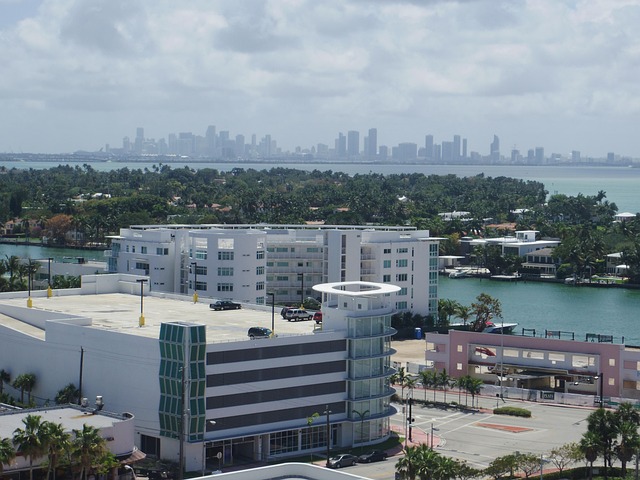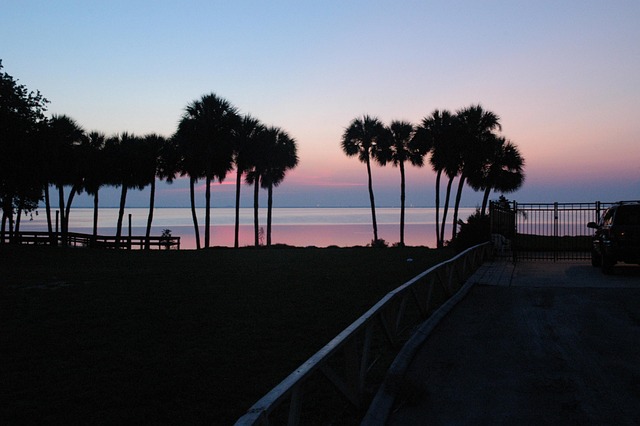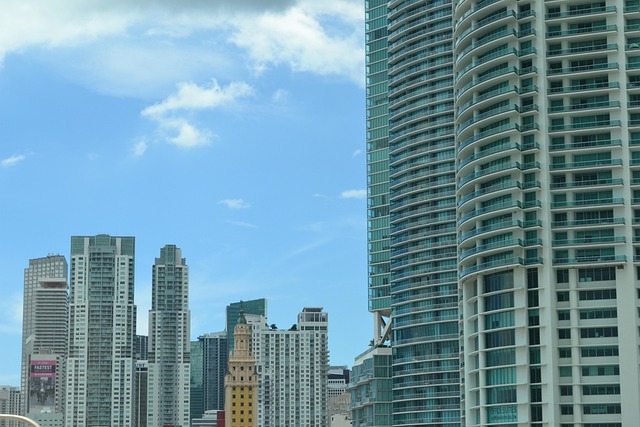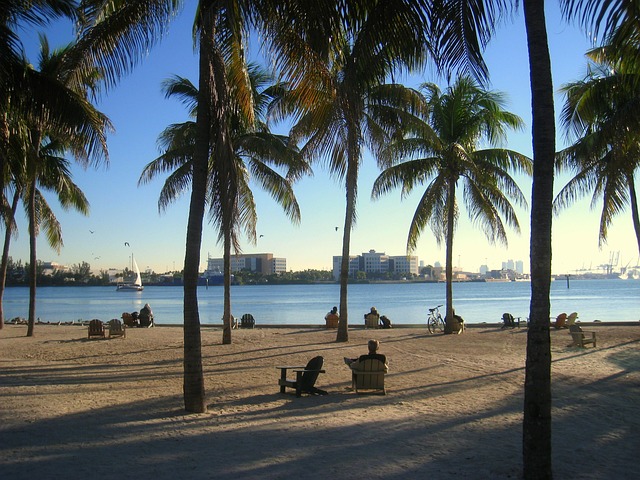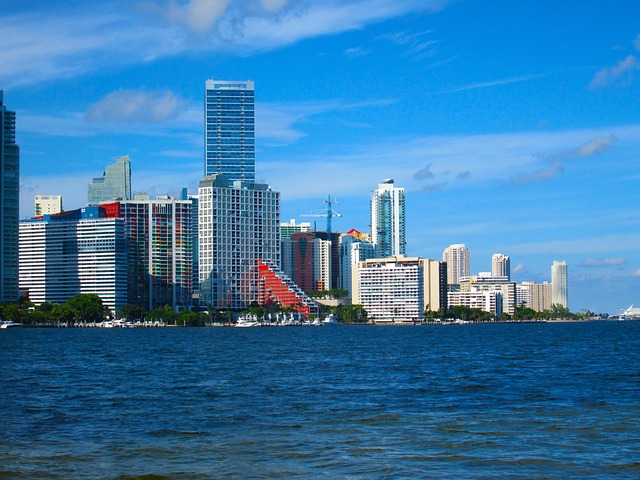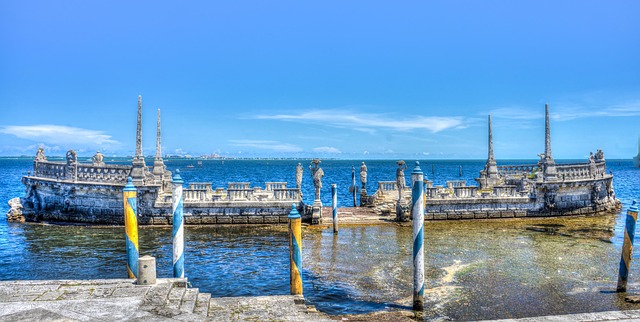Mining has left an indelible mark on communities worldwide, transforming landscapes and identities. Former mining towns preserve cultural legacies through historic site conversions like public parks and museums, attracting tourists and fostering local pride. Abandoned mines and warehouses are being revitalized into modern lofts, co-working spaces, and art galleries, breathing new life into neglected real estate and contributing to economic growth. This blend of preserving history and cultivating vibrancy ensures these communities safeguard their past while embracing a sustainable future, significantly influencing property values and attracting locals and outsiders alike.
Proud mining heritage shapes identity, leaving an indelible mark on communities worldwide. This article explores the multifaceted impact of mining on society, from its historical roots to modern-day adaptations. We delve into the cultural legacies preserved in former mining towns and how real estate is being revitalized, transforming left-behind spaces into vibrant hubs. Discover how these once-thriving industries have evolved, fostering new beginnings while honoring the past.
The Historical Impact of Mining on Communities
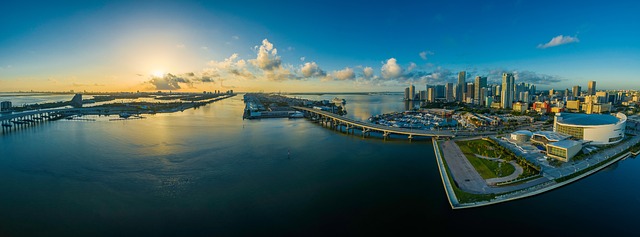
Mining has left an indelible mark on communities worldwide, shaping their landscapes and identities for generations. The historical impact of this industry extends far beyond the mines themselves; it permeates every aspect of local life, from the architecture and infrastructure to the cultural fabric and real estate values.
Towns and cities that once thrived on mining activities often retain a unique character, with remnants of their past evident in old buildings, heritage sites, and even the layout of the modern urban landscape. These historical connections can significantly influence property values and attract both locals and outsiders who appreciate the rich tapestry of the region’s history.
Preserving Cultural Legacies in Former Mining Towns

In former mining towns, preserving cultural legacies is more than just a nostalgic endeavor; it’s an integral part of shaping the identity and future of these communities. These towns often boast rich histories intertwined with the boom and bust cycles of mining industries, leaving behind tangible remnants that tell stories of hard work, resilience, and community spirit. Real estate in these areas plays a unique role in this preservation effort. Old minesites can be transformed into public parks or cultural hubs, becoming landmarks that attract visitors and foster local pride.
Community-driven initiatives often drive the reuse of historic structures, such as old train stations or former mining offices, which can be revitalized into museums, art galleries, or even housing units. This adaptive reuse not only preserves architectural heritage but also creates opportunities for economic diversification, attracting tourists interested in experiencing the region’s unique cultural tapestry. In doing so, these communities safeguard their past while fostering a vibrant and sustainable future.
Revitalizing Real Estate: Transforming Left-Behind Spaces

Many former mining sites, with their industrial history and forgotten buildings, present a unique challenge: revitalizing real estate that has been left behind. These spaces, though once bustling with activity, have fallen into disuse as the mining industry evolved and communities shifted. However, this abandonment offers an opportunity for transformation.
Today, creative efforts are underway to breathe new life into these forgotten areas. Old warehouses and factories are being reimagined as modern lofts and co-working spaces, attracting young professionals and entrepreneurs. Historic mineshafts can become underground art galleries or innovative museums, showcasing the region’s past while appealing to a new generation of visitors. Revitalizing this real estate not only preserves local history but also contributes to economic growth and community development.
